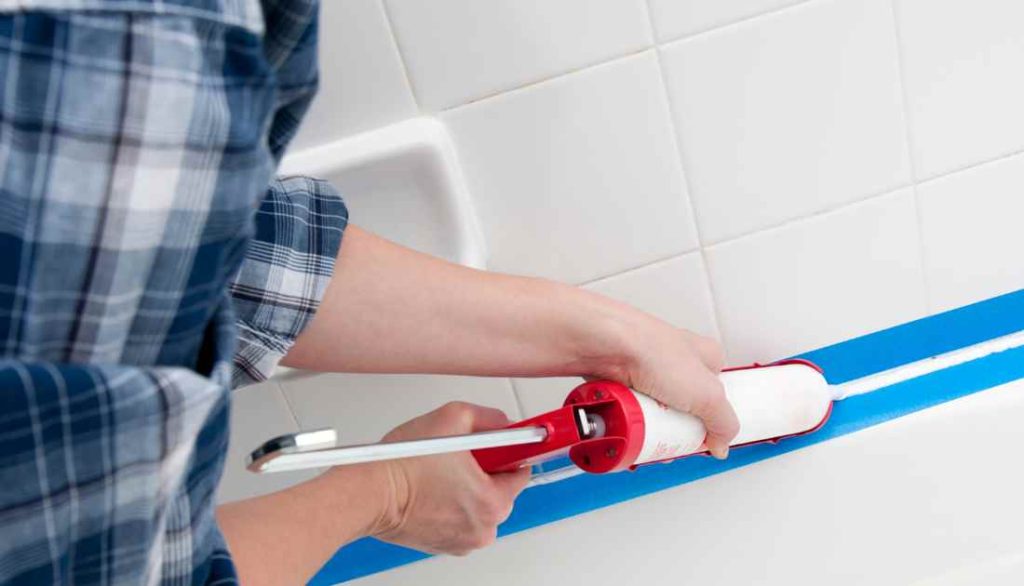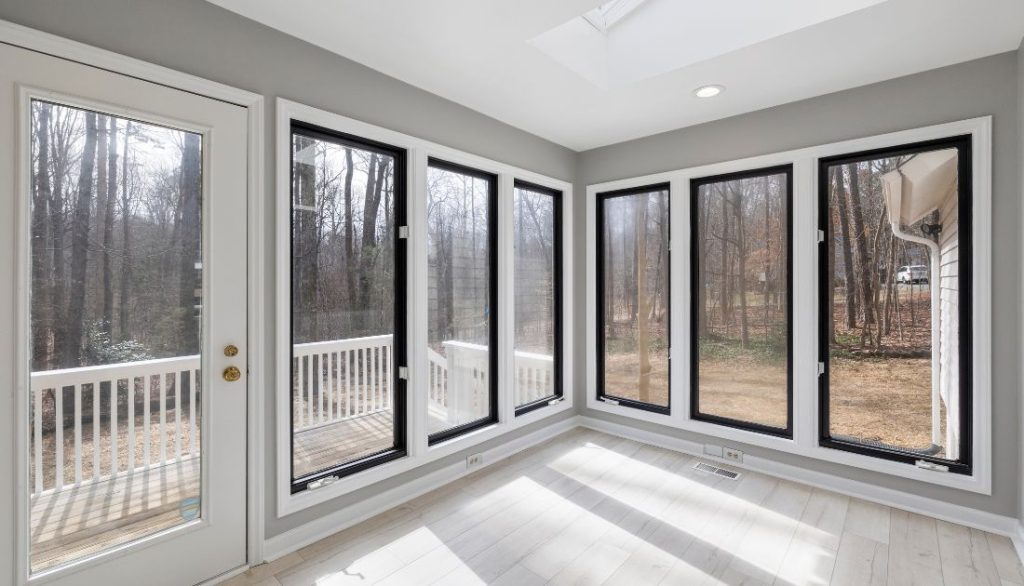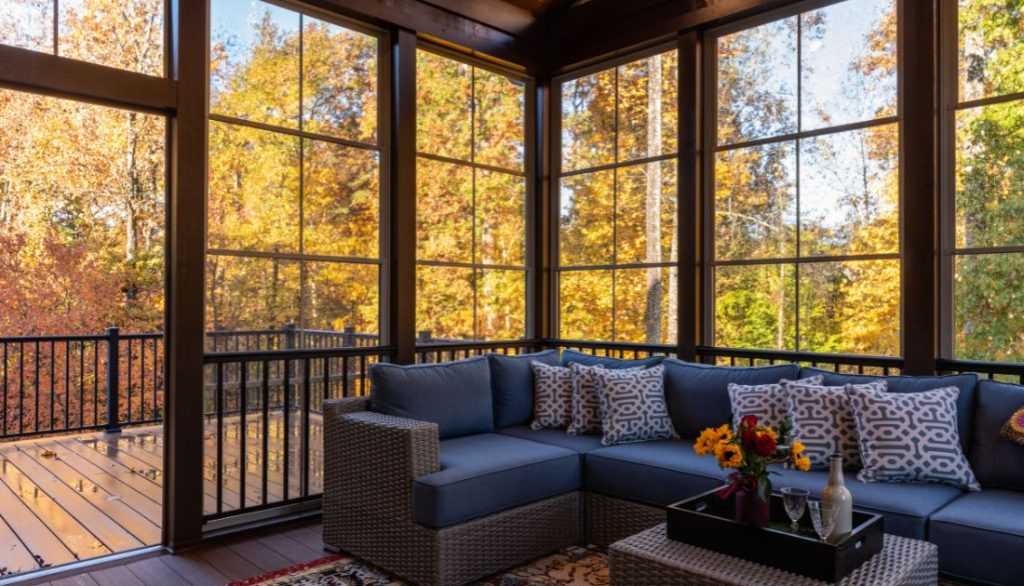Table of Contents
If you’re like most people, your first reaction to the word ‘porch ‘is probably like, “Ahhh, the good old days when I sat out on that thing every Sunday after church to catch up with my neighbors.”
The porch has come to mean a much more confined space under the roof of your house. While some places have a small patio for extra storage and seating, others have slides for privacy that can only accommodate one person at a time.
Regardless of its size or purpose, every home needs an elevated outdoor seating area where we can hang out, relax and enjoy nature’s beauty in peace and tranquility.
Whether you live in an old home or new construction with no roof access, there are ways to make sure your porch is not just cozy but also protects you from rain and wind.
Choosing the Right Porch Design
Consider the Layout and Overhang of Your Porch:
When designing your porch, think about maximizing protection from rain. Choose a layout with a strategically placed overhang to shield your porch from precipitation.
Effective Wind Barriers:
Wind can threaten your porch in addition to rain. Invest in strong wind barriers like glass screens or panels to block out strong gusts and keep your porch dry.
Invest in a Screened-In Porch Option:
Consider investing in a screened-in porch design to protect against rain and other elements. This option not only keeps out rain but also provides additional privacy and security for your outdoor space.
Some tips will help you transform your patio into a hidden oasis under the roof of your house.

Understanding the Problem
Before we find a solution, it’s important to understand why rainwater gets into your screened porch. This can cause problems like damage, mold, and discomfort in your outdoor space. One reason is that the screens might have holes or be damaged, letting water in.
Also, if your porch doesn’t have proper gutters or drainage, water can collect and find its way through the screens. Strong winds during storms can also push water through the screens.
Another thing to consider is where you live and how much rain you get. Living in a place with lots of rain increases your likelihood of having this problem.
Now that we know why rainwater gets into your porch let’s discuss ways to stop it.
Assessing the Current State of Your Screen Porch
Check for visible water damage, such as peeling paint or mold growth. Inspect the screens for tears or holes that could let rainwater in.
Examine the roof and gutters to ensure proper drainage away from the porch.
Before implementing ways to keep rain off your porch, it is crucial to assess its current condition.
Look out for signs of water damage, like peeling paint or mold growth, which are clear indicators of moisture penetration.
Ensure there are no tears or holes in the screens through which rain can enter.
Also, inspect the roof and gutters to ensure they correctly direct water away from your screen porch.
Addressing these issues will help protect your outdoor space from rainy weather.
Identifying Areas of Vulnerability
When keeping rain off your porch, the first step is identifying areas where water can seep through.
- Check for any cracks or gaps in the roof, walls, or flooring that could allow water to enter.
- Look for signs of water damage, such as discoloration or mold growth.
- Inspect the drainage system around your porch, including gutters and downspouts. Ensure they are clear of debris and properly channel water away from the porch.
- Additionally, check for any low-lying areas that could collect water near the porch and lead to flooding.
- Consider factors like wind direction and landscaping that may affect how rainwater flows toward your porch.
Addressing these vulnerabilities will help you better protect your porch from rain and prevent potential damage in the long run.
Applying Weatherstripping and Caulking
- Check for any gaps or cracks in the seams of your porch door or windows.
- Use weatherstripping to seal these gaps to prevent rain from seeping in.
- Apply caulk along the edges where the porch meets the house to block out moisture further.
Installing Storm Panels
- Consider installing storm windows or panels for extra protection against rain.
- These can help insulate your porch and keep it dry during heavy downpours.
- Choose a durable, weather-resistant material that will withstand harsh elements.
Creating a Rain Diverter System
- Install gutters and downspouts to divert rainwater away from your porch.
- Position a rain diverter above the entrance to redirect water flow elsewhere.
- Ensure proper drainage away from your porch foundation to avoid water pooling.
Install a porch roof.
If your porch is not in a protected area, such as under the roof of your house, you should consider installing a porch roof. A porch roof protects from rain and wind while allowing natural light to filter through.
Additionally, a porch roof is ideal for any home with limited or no outdoor space in which to spend time. Finally, a porch roof can get built by yourself with time and patience. It’s not an easy project, but it will be worth the effort.
If you don’t have the time or money to build it yourself, plenty of DIY companies also offer this service.
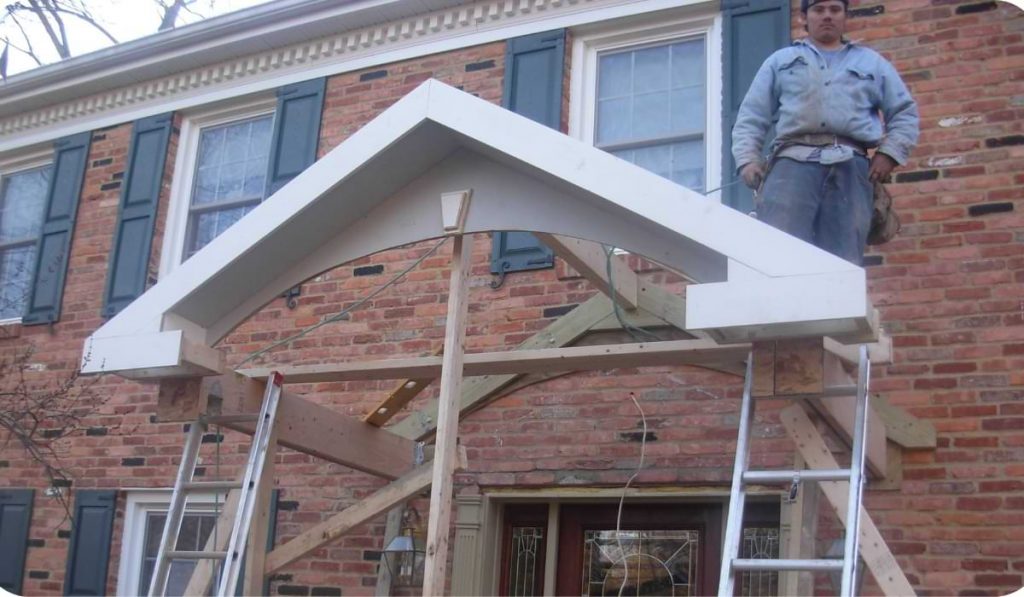
Install porch screens.
Installing porch screens is easy to ensure your porch doesn’t get too hot and humid. It is especially important for older homes where the roof may not be insulated well enough, leading to condensation.
If you’re looking for an authentic solution, Think about installing a roof vent or ridge vent to funnel fresh air into the attic and prevent future condensation. If you live in an older home, try placing porch screens over the windows on either side of the front door to keep rooms cooler.
These also provide extra privacy as they obscure views from outside. Besides screening out unwanted eyes, these types of screens also protect your home from insects that might otherwise enter through windows and doors.
For newer construction, install awnings over the front door and window to avoid unwanted rain coming into your home by using a storm door instead. Shelters are less expensive than installing porch screens and can be installed with minimal disruption.
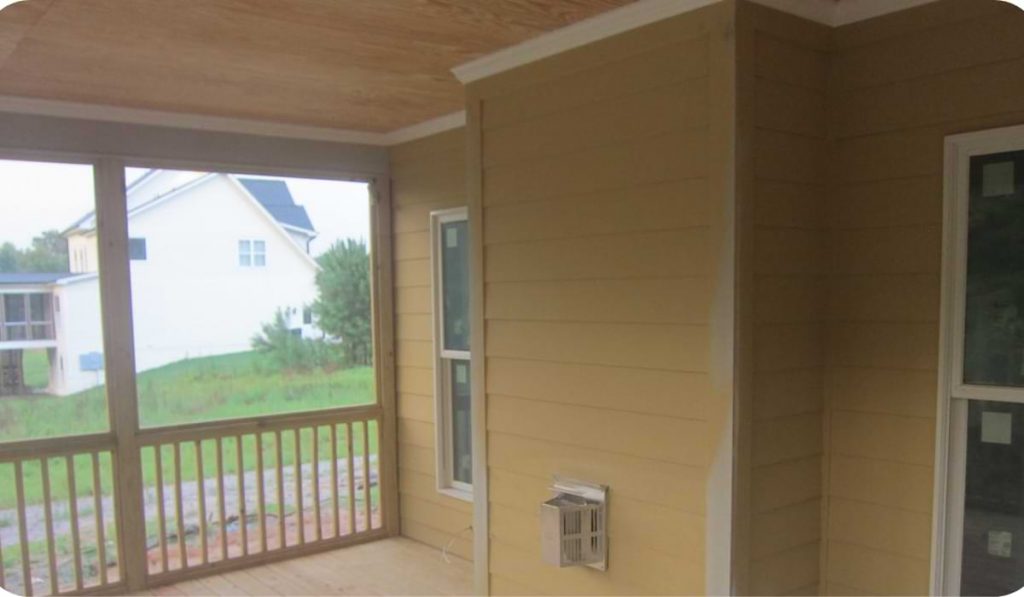
Install porch awnings.
Porch awnings are a great way to keep rain and wind from blowing in and provide added protection for your furniture. They can also get used for privacy or to protect your deck from rain when you’re using it for entertaining.
For example, a porch awning that covers the entire length of the bottom of your roof could help you hang out on your porch without getting wet.
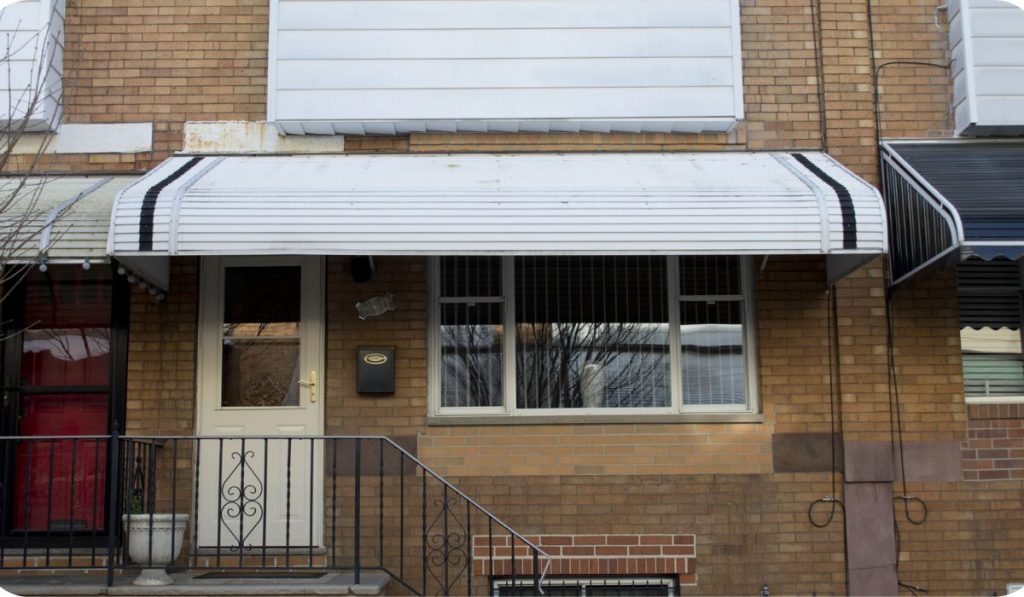
Hang porch curtains.
No porch is complete without curtains. The most common reason for not hanging curtains at your patio’s door is the fear of rain and wind. But if you put up enough curtain panels to cover every inch of the perimeter of your porch, you’ll be able to keep out even the worst weather. If you buy new curtain panels, choose ones with a zig-zag edge. These will help keep any wind from blowing them inside and into a dangerous situation.
In addition, you can create a privacy wall by buying two sets of panels and placing them next to each other so no one gets an uncloaked view of their neighbor’s property.

Use porch windbreaks.
You can use shrubs, planters, and other organic materials to create a windbreak on your porch. It will help keep the rain out of your living space.
Use porch weatherstripping.
The first step in dealing with rain is to prevent it from getting inside your house. To do this, you need to install weatherstripping on the exterior walls of your porch. Weatherstripping consists of rubber or plastic strips that reduce the amount of wind and water damage by closing off any gaps in the wall.
Weatherstripping protects your home not just from wind and water but also from insects like wasps and bees. It’s simple to install, and once it’s in place, you can forget about it, no special tools are required.
For example, you could use a roll of weatherstripping at the bottom of a door frame to block out the elements when you aren’t home. In addition to reducing rain and wind damage on the exterior walls, adding weatherstripping can also help protect against intruders coming through the wall during a storm.
For example, weatherstripping is an easy way to keep them out if you don’t want people walking on your porch when it’s raining outside or going through your windows when you leave for work each day.
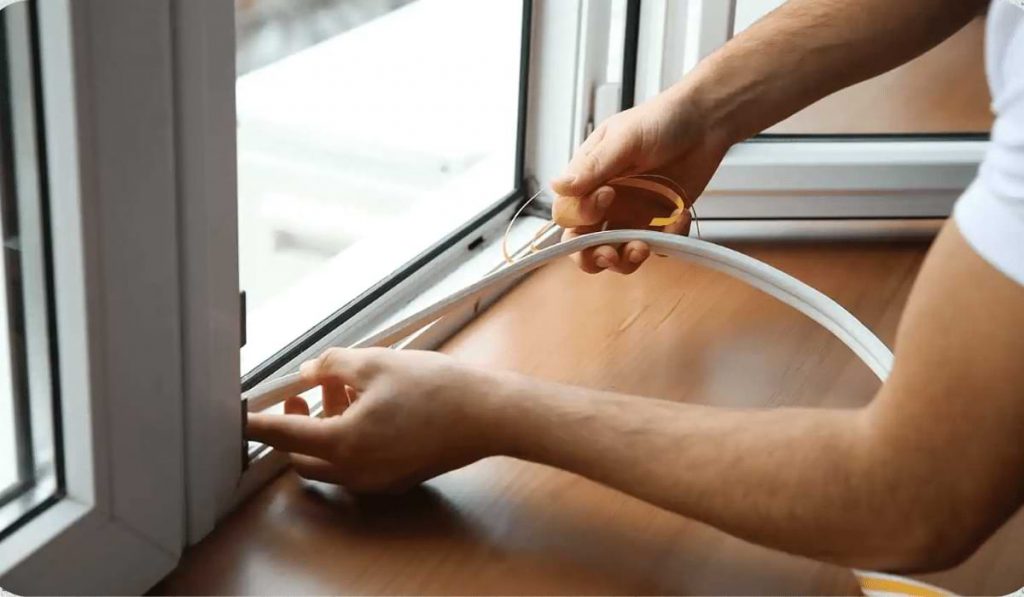
Seal your porch roof and walls.
The first step to making your porch the perfect escape from the outside is to seal it so rain and wind cannot blow in. You can use a traditional roof model or opt for a more modern design, like fiberglass shingles.
These roof options will also include skylights and solar panels, ensuring you have plenty of natural light during the day. Next, to keep your porch dry, you should seal it well. It can get done by using a waterproof membrane or tarpaulin.
Your roof should also be reinforced with metal flashing and battens at joints and edges to ensure no leaks occur. Finally, the caulk seams every two feet around your top and any other visible gaps on your porch wall and end walls to finish this project.
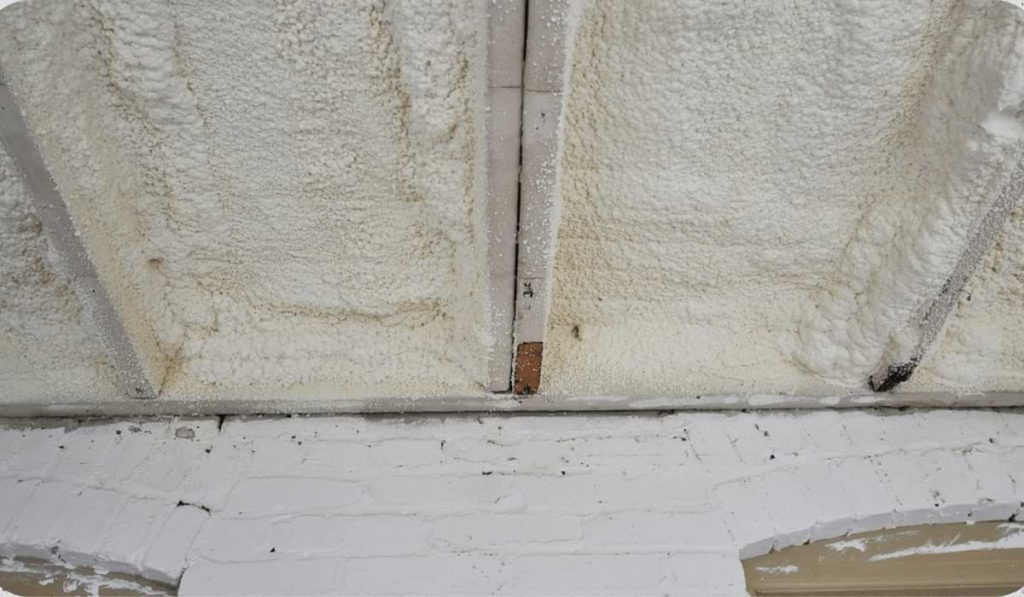
Hang patio umbrellas or awnings to provide shade.
And protection from wind and rain. Installing a patio umbrella or awnings is one of the easiest methods to make your porch more comfortable and functional. These products can take up to 30 minutes, but they’re worth the time.
A patio umbrella is especially good when you don’t have enough outdoor seating space for everyone or if you have limited outdoor seating. They are also suitable for smaller porches with no posts available.
Instead, you can use a simple pole and one or two hooks on your porch ceiling to hang it up. Awnings give shade and protection from the sun while protecting your furniture against rain and wind.
These are great options for larger porches requiring more than one or two hooks to install an umbrella because they offer more coverage than patio umbrellas. You need to buy an extension rod, which comes with each purchase and screws it into the wall underneath the roof decking.
It reaches over the roof edge to allow you to attach your awning to it securely. For either option, make sure you buy appropriate hardware and putty before setting up your product to avoid complications down the road.

Put up a rain barrel.
Rain barrels are an easy way to keep water out of your yard. You can install a rain barrel on your porch to collect rainwater without worrying about it running off your lawn. Rain barrels are also great for keeping plants and flowers healthy.
They take the place of a regular watering can, which helps eliminate diseases like powdery mildew and makes it easier for your indoor plants to thrive. In case you’re not quite ready to install a rain barrel, at the very least.
Put down a tarp over wet areas or elevate the room with some bricks or stones. It will help stop water from getting into the ground and eventually flooding your yard.

Use plants or landscaping to create a natural windbreak.
When designing a porch, the first thing to do is to think about where the wind comes in. You can use plants or landscaping to create an area that will block the wind, but it may require some work.
Luckily, there are plenty of plants and landscapes you can choose from that are not only beautiful but also natural windbreaks. Some plants and landscapes you should consider using include
- Mossy stone
- Litterberries
- Heather
- Bamboo
- Cypress
- Juniper
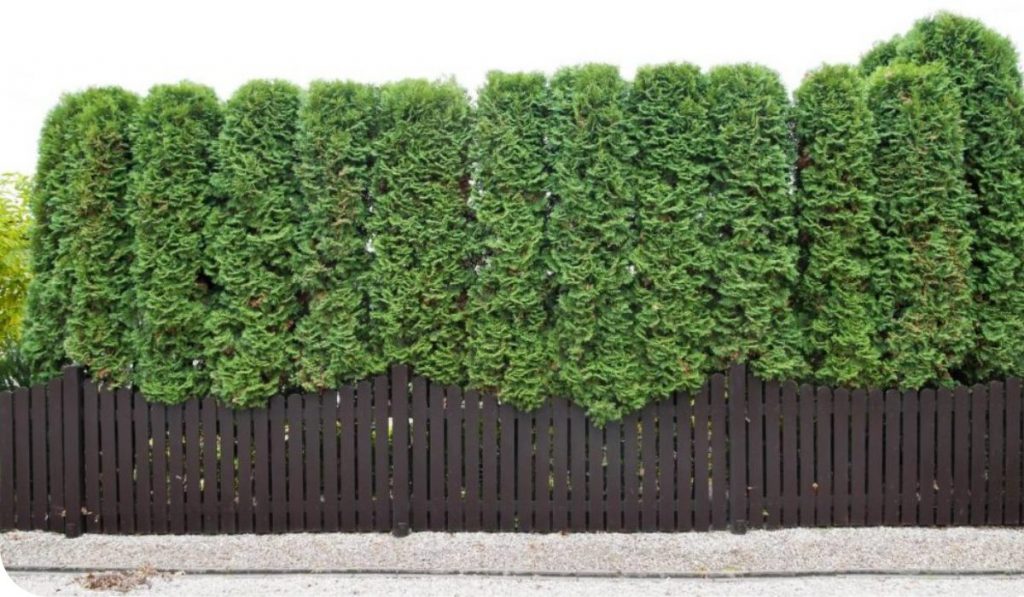
Utilize wind-resistant materials when building your porch.
If you have high wind in your region, the word ‘wind’ is something that should get integrated into your porch plans. One idea would be to use lightweight but sturdy materials like aluminum, fabric, or carbon fiber to create a wind-resistant built environment.
Another option would be to use glass to protect any openings on your porch and avoid the negative effects of winds. If your house already has an elevated outdoor seating area and wants another level of protection, consider adding a roof over your existing space.
It will protect from rain and wind and add a great design element to your home’s exterior appearance. Another way to discourage winds from blowing into the space under your roof is by framing around it.
Building up walls of cedar planks or even bricks will further increase the durability and strength of the structure while protecting occupants from rain and wind.
Add storm windows to your porch.
Storm windows are a great way to protect your porch from the elements while offering privacy. They often get installed on large windows that are too high up for most people to reach, making them perfect for adding a door to your porch.
Storm windows effectively keep rain, wind, and snow out of your house and provide privacy when you need it. If you already have storm windows, they will help shield your porch from the elements while giving you the privacy you desire.
If you don’t want to install storm windows, consider hiring a contractor or asking for recommendations on who can help.

Window Protection
When protecting your porch from rain, installing window protection is essential. Choose impact-resistant materials for added durability and longevity. Seal any gaps or cracks around the windows to prevent water from seeping in and causing damage to your porch.
These simple steps allow you to effectively keep rain off your porch and maintain its integrity for years. Proper window protection installation will not only enhance the appearance of your porch but also provide added security against harsh weather conditions.
Investing in quality materials and sealing any openings will ensure your porch remains protected from rain and other elements. Properly install window protection to enjoy your outdoor space without worrying about weather damage.
Repairing or Replacing Damaged Screens
Inspect screens for tears or holes. Screen repair tape can patch small tears. For larger damages, consider replacing the entire screen.
Screen repair tape is an easy and affordable solution for minor damage. To use it, simply cut a piece of tape to cover the tear and press it firmly in place.
If the damage is too extensive, you may need to replace the entire screen. This can be done by removing the old screen and installing a new one using a simple tool like a spline roller. Make sure to choose a high-quality material that will withstand harsh weather conditions.
Roofing Solutions
- Installing Gutters and Downspouts: If you correctly install gutters and downspouts on your roof, they can move rainwater away from your porch. This prevents water from collecting and causing problems.
- Adding Roof Extensions or Overhangs: Extend the roof of your house or add overhangs to protect your porch from rain. This will help keep the area dry and enhance the aesthetics of your home.
- Applying Weather-resistant Sealant: To further protect your porch from rain, apply a weather-resistant sealant to ensure that water does not seep through cracks or gaps in the roofing material. This will help maintain the structural integrity of your porch and prevent any water-related issues in the future.
Regular Maintenance Tips
Clean gutters and downspouts regularly to ensure proper rainwater drainage away from the porch. Check the roof, flashing, or siding for signs of water damage or leaks and repair them promptly. Trim any overhanging tree branches near the porch to prevent excess leaves and debris from clogging gutters.
Regular maintenance is essential to keep rain off your porch effectively. Following these simple tips ensures your porch remains dry and in good condition throughout the rainy season. Proper upkeep will protect your porch from water damage and enhance its appearance and longevity.
FAQs
How to keep pollen off a porch?
To keep pollen off a porch, install pollen screens or use a high-pressure hose to rinse the porch regularly. Additionally, pollen-trapping mats should be placed at entry points to minimize their spread.
How to keep snow off a screen porch?
Removing snow off a screen porch involves regularly clearing it with a broom or shovel before it accumulates too heavily. You can also use a roof rake or a de-icing product to prevent snow buildup.
Can I change the fabric on my retractable awning?
Yes, you can typically change the fabric on your retractable awning. Follow the manufacturer’s instructions for proper removal and replacement of the fabric.
Can I change the fabric on a Sunsetter Brand awning?
Yes, you can change the fabric on a Sunsetter Brand awning. Sunsetter often provides replacement fabric options; you can also hire a professional to do the replacement.
Can I change the covers on my Window & Door Awnings?
You can change the covers on your Window & Door Awnings by contacting the manufacturer or purchasing replacement covers designed for your specific awning model.
What Is The Best Material For Outdoor Curtains
The best material for outdoor curtains depends on your specific needs and preferences.
Generally, weather-resistant fabrics like polyester or acrylic are ideal for outdoor use due to their durability and resistance to fading and mildew.
How Do You Keep The Porch Cool
Consider installing ceiling fans or outdoor misting systems to keep the porch cool. These systems create airflow and provide a cooling effect.
You can also use shade sails, awnings, or outdoor curtains to block direct sunlight and reduce heat absorption.
Additionally, strategically placed plants and trees can provide natural shade and help cool the area.
Final Thoughts
Following these twelve tips will help keep the rain from blowing in on your porch. Taking some simple precautions allows you to enjoy your time outdoors without worrying about staying dry. So go and soak up the sun while you can. Do it on your porch.

